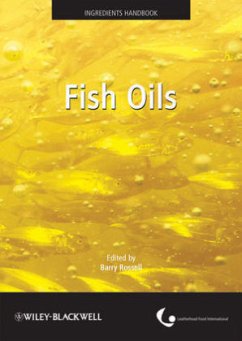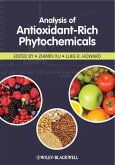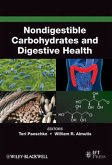Fish oils have been high on the nutritional agenda for many years now, with the body of research into the beneficial health effects of long chain fatty acids growing each year. The use of fish oils and their constituent fatty acids as functional ingredients, added to an increasing number of products has grown with improved processing techniques and the ability to stabilise and protect these oils in foods such as milk, cheese, yogurts and fat spreads.
The fourth in a series of Handbooks edited by Dr Barry Rossell, the book is a very useful source of information for all those working in the food industry with any involvement in the use of, or research into, fish oils.
The book includes information on:
The important dietary constituents in fish oils
Physical properties such as flash point, density, viscosity, optical properties and Thermal conductivity
Fatty acids in fish oils
Processing methodology
The nutritional benefits of fish oils
Uses of liquid fish oils in foods
Rancidity in fish oils and its prevention
Legislation covering fish oil production and use
Hinweis: Dieser Artikel kann nur an eine deutsche Lieferadresse ausgeliefert werden.
The fourth in a series of Handbooks edited by Dr Barry Rossell, the book is a very useful source of information for all those working in the food industry with any involvement in the use of, or research into, fish oils.
The book includes information on:
The important dietary constituents in fish oils
Physical properties such as flash point, density, viscosity, optical properties and Thermal conductivity
Fatty acids in fish oils
Processing methodology
The nutritional benefits of fish oils
Uses of liquid fish oils in foods
Rancidity in fish oils and its prevention
Legislation covering fish oil production and use
Hinweis: Dieser Artikel kann nur an eine deutsche Lieferadresse ausgeliefert werden.








